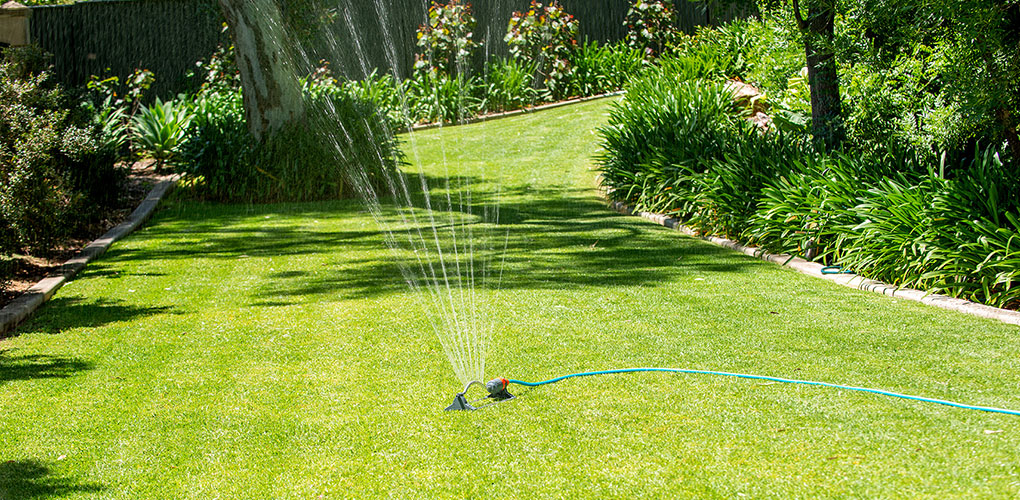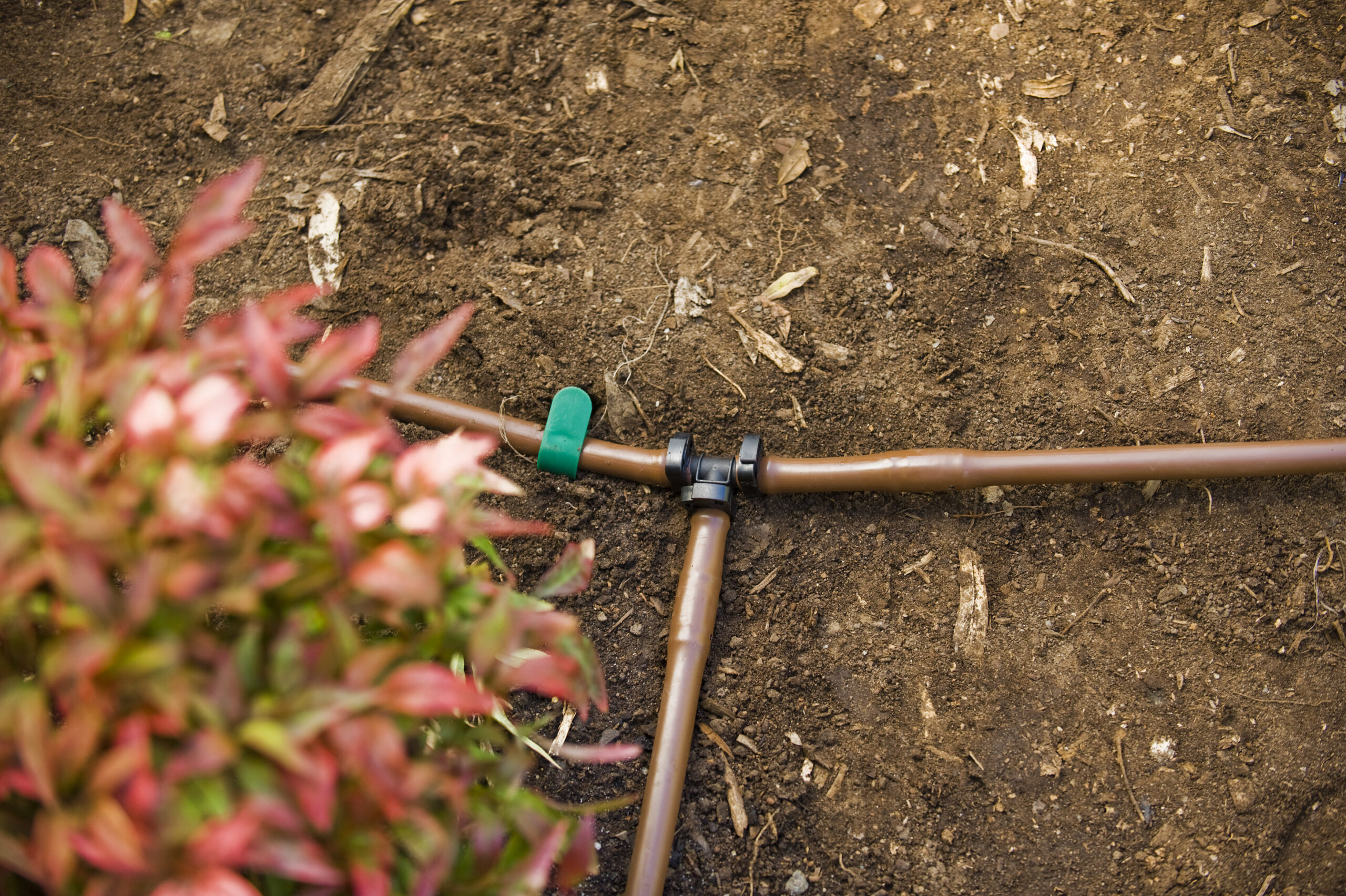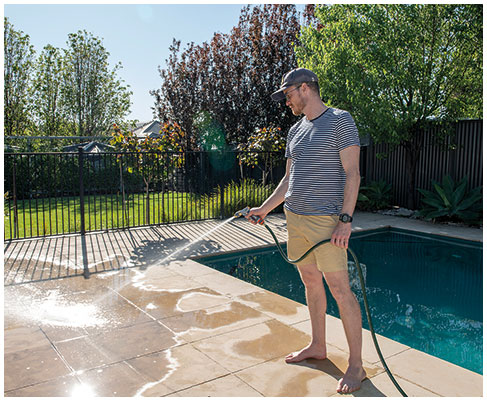A green, luscious lawn really sets the scene for your backyard. And while this might seem easy during a wet winter, those long, hot summer days are a different story.
A healthy lawn isn’t just for aesthetics. It provides a soft play area for kids (and fur kids) and keeps the dust at a minimum around your home. Here are a few tips to follow that can help you get, or maintain, a lawn you’ll love.

Fertiliser is your friend
Growing a green and healthy lawn requires high quality fertilisers and feeding twice a year. We recommend feeding once in autumn to protect your lawn during winter and once in spring to help boost the growth ready for summer. There are many fertilisers on the market that are easy to apply and are suitable for a range of different types of lawn. Before you use a fertiliser, always check the application rate and read the recommendations – such as watering in immediately.
It may be useful for you to keep a note of your own observations after using a fertiliser, so that you’ll be prepared for the next time you use it for your lawn.

Light cuts will produce the best results
To get a green and luscious lawn it’s necessary to regularly cut your lawn. Warm and wet conditions tend to make the lawn grow faster you will need to adjust your mowing schedule accordingly. As a guide, try not to mow more than the top third of the leaf. Consider a lawn mower that returns the lawn clippings back into your lawn as it provides valuable nutrients to the soil. There are several models of this type of “recycler” mower available. Making sure you keep your mower in good shape will make using it a breeze. Mow your lawn when its dry as wet grass doesn’t cut as cleanly and the wet clippings may block up your mower’s deck.

Be wise with your watering times
We recommend watering your lawn in the coolest part of the day to avoid burning the blades. It’s a good idea to check how far the water is penetrating the soil, so you can adjust your watering to ensure that the water is reaching the roots. To check this easily, use a trowel or spade to dig open the soil. Adjust the water levels through the growing season, according to rain and heat and how well your lawn looks. If the environment is dry, we recommend soaking once a week. Take notice of when the leaves start to wilt, as this is a good sign, they’re ‘thirsty.’


Troubleshooting
If you start to notice your lawn is struggling, look out for other issues that might be affecting the quality of your lawn – things like lawn beetles, birds digging for grubs, fungal disease, insufficient soil and pet urine can cause dead patches. If you have a patch of lawn that is struggling, it may be a good idea to section this area off to give it time to grow back.
For more information on how to water your lawn efficiently and effectively visit Pope Irrigation and take the step-by-step tutorial to start planning your lawn irrigation.














